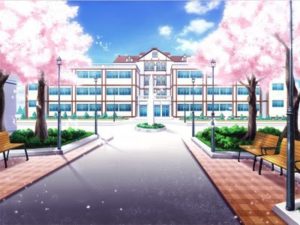
Certainly teenagers are a good audience to market to, but many manga and anime oriented for adults still feature teens as characters…Perhaps this will not do any real injury to the plot, and certainly this is sometimes done as a fetish, but there are several deeper elements involved here:
- High School is a modern development where people “come of age.” Coming of age stories are among the oldest and most popular forms of story telling.
- Because nearly everyone in a developed nation has similar high school experiences, such a setting causes feelings of nostalgia and helps us identify faster with the characters. “That one reminds me of me; that character reminds me of my best friend. Yeah! That happened to me too!”
- Because high school is where people come of age in the modern world (although arguably this is shifting toward college now) it tends to have fresher memories generally associated with it. It is also full of trauma; strong emotions tend to burn memories into the brain.
- Most people never really leave high school. Whether you are talking about a high school drop out or the smart kid that grew up to be an attorney, they still carry their high school behavior, thinking, relationships, and experiences with them as a basis of comparison.
Origin of “Teenager”

“Teen-ager” first appeared in 1921 according to the Oxford English Dictionary.
Before World War II teenagers didn’t exist. The word “teenager” began to be used to references teens around 1941 as Oxford English Dictionary points out. People in their teen years were called “youths” and often had jobs and responsibilities. They also tried to learn to be adults through imitation. These youths morphed into teenagers when public education replaced farm work after World War II. Soon after the teenage subculture began developing.
Anime began to develop in earnest during and after World War II. High school, teenagers, and anime essentially grew up together.
Coming of Age
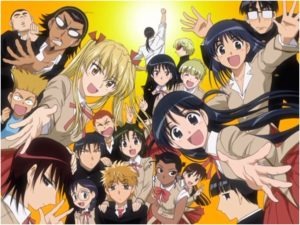
Coming of Age became a journey a teen took with their friends instead of their father and mother. It allowed for more freedom and less responsibility. It created an environment with its own social code that soon shaped adults.
Anime features many coming of age stories. Some are goofy, heart felt comedies like School Rumble. Others are gritty and frame themselves after the great epics like Homer. High School of the Dead and Bleach fall into this category. While the epics of Japanese culture have a strong influence; I see western ideas as the primary mover of stories. This makes sense since the United States was reshaping Japan when anime began its development.
Anime focuses on different aspect of growing up: mostly the social aspects like dating and finding love. Anime also has many of the elements of being a teenager that youths originally lacked: a reluctance to become adults, disregard for adult authority, and (weird) fashion.
Anime does need to return to the idea of adult guidance on the journey to adulthood. These Obi-Wan Kenobi’s are important, indeed vital, to the coming of age story. Without them people just blunder on in confusion.
Uniformity in Experience
Of course, most people in reality never meet an Obi-Wan to help clear up their confusion, or if they do listen to Obi-Wan. Anime is pretty realistic in that regard I guess.
Despite cultural differences, high school is similar across the world. Nearly everyone who watches anime has been in similar high school experiences (even slaying the proverbial monster?). The first date, social anxiety, social mistakes, love triangles, and other aspects of anime can be found in most adult’s memories.
Yes perhaps even the fan service panty shots.
High School is often associated with fond or painfully awkward memories, making it an easy nostalgia button to hit. Teens in world saving roles, though admittedly tired, remain popular here in the States. Harry Potter? Twilight? People also like looking at nubile young things even if it is just out of envy.
Not as many people remember their elementary years as well as they do their high school years. Soon after high school and college, experiences rapidly vary (outside of daily grind at work anyway). This variation makes it more difficult to tell a story using a more mature character within a limited time frame. What happened to make this character this way? Where does she work? Why? Education level? And so on. High School provides an easy shorthand so more time can be spent on the story instead of a character’s back story. Ghost in the Shell, for example, dedicates equal time to the backstory of the adult characters as it does the main storyline. It simply takes more work to do this well.
Finally, high school is readily identifiable since many people don’t ever leave it. The teen years are when a person generally develops an idea of the world that stick with them. I’ve seen 50+ year olds act like teenagers when with their clique. Perhaps not as awkward and overt, but still teenagers. It makes sense since high school and college lays down the foundations people use when socializing with others.
And the Wrap Up….
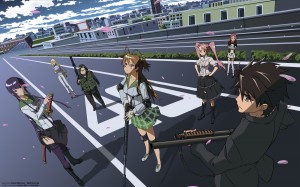 Anime and High School remain inexorably linked. High School and anime started and developed together after WWII. Our continued love for a good coming of age story meshes well with a part of our lives officially segregated as “coming of age” by our modern society. High School is an easy storytelling shorthand since nearly every anime fan has similar experiences. Also the main target audience for anime are teens and young adults.
Anime and High School remain inexorably linked. High School and anime started and developed together after WWII. Our continued love for a good coming of age story meshes well with a part of our lives officially segregated as “coming of age” by our modern society. High School is an easy storytelling shorthand since nearly every anime fan has similar experiences. Also the main target audience for anime are teens and young adults.
All that being said, I’d like to see anime lean on high school and teens less. It requires more work, but older adults can be stronger leads and more interesting characters. Although it is harder to tell a coming of age story since adults are generally “of age,” there is room for significant character development. Redemption stories are closely related to coming of age stories. Anime available here in the West would do well if it would expand into more adult stories (No I don’t mean hentai either). Generations who grew up on anime need something to keep them interested. Although most of us will always have a soft spot for a high school hero/heroine.
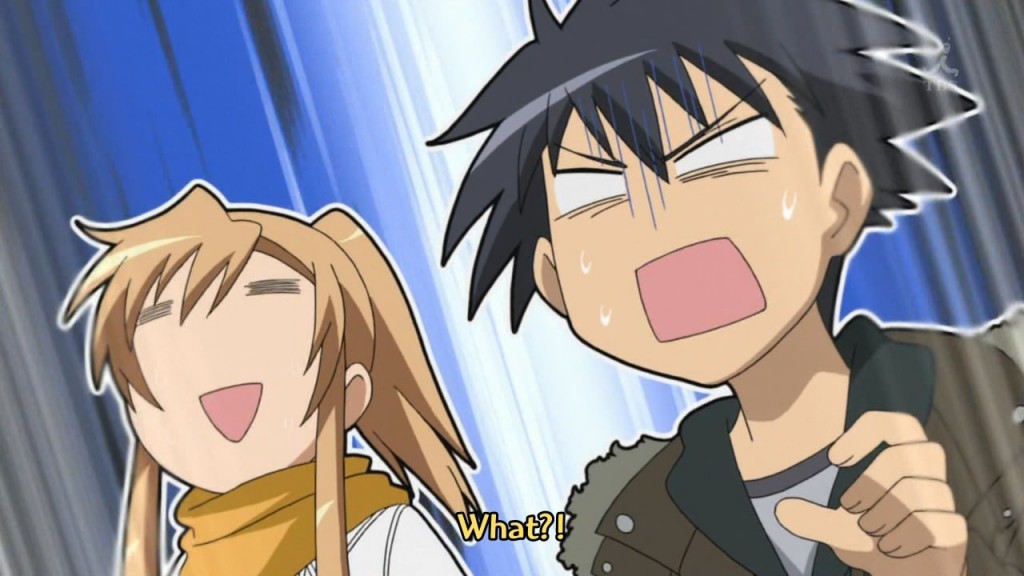
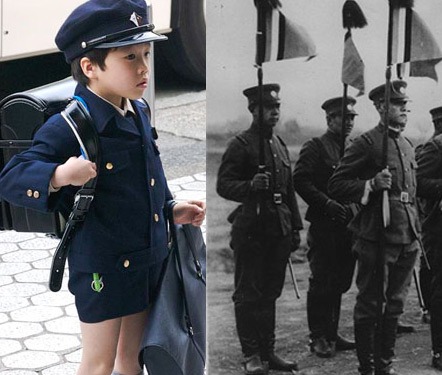
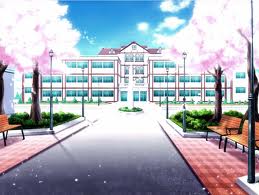
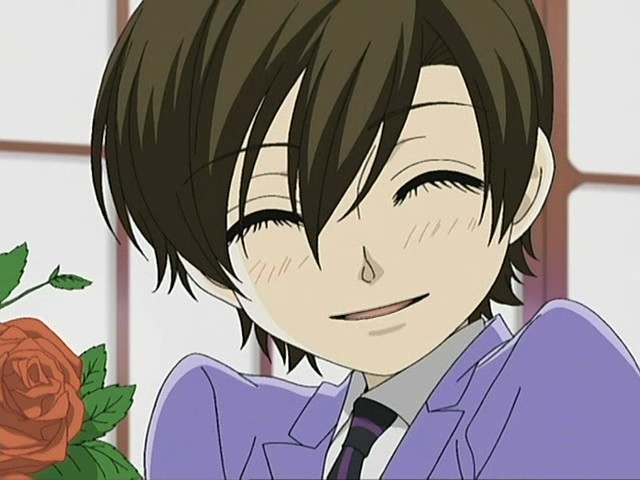
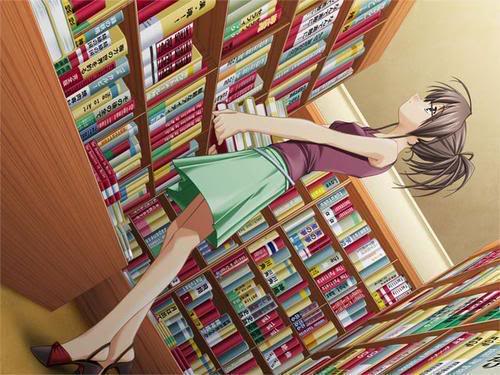
Hi, I’d like to ask permission to use an image on my learning module for high school students. Please email me. Thank you.
I hope you receive the email I sent.